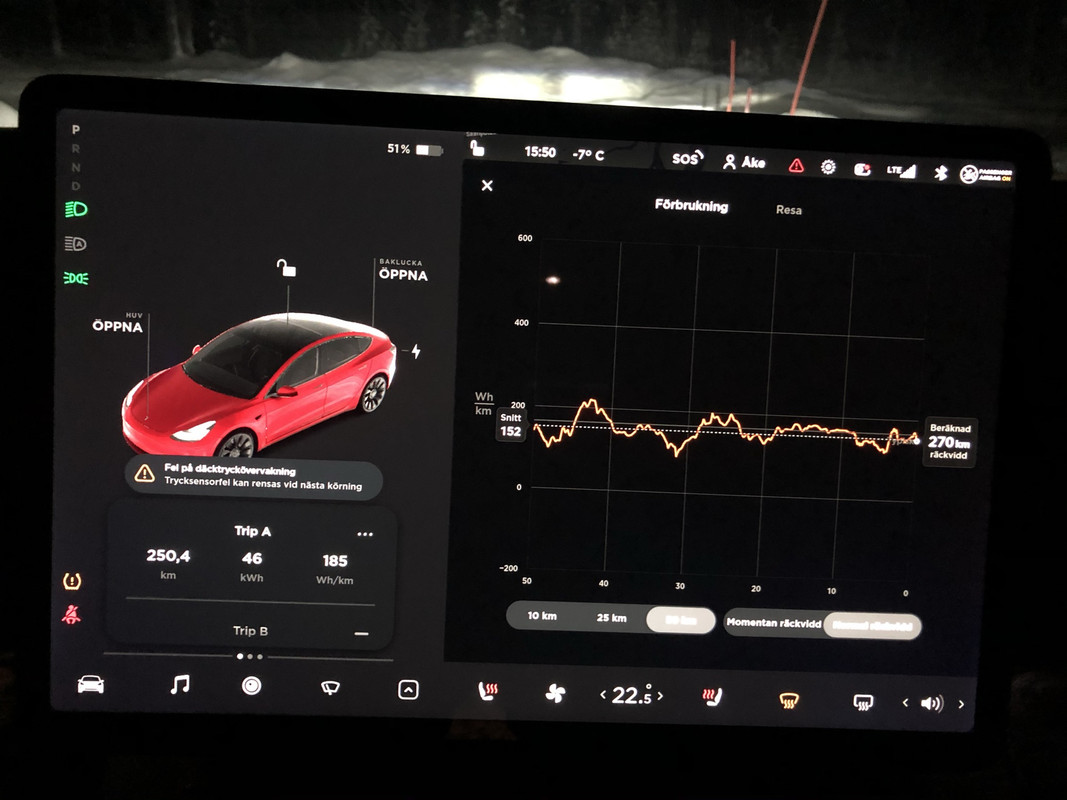Apologies if this is covered somewhere in the 22 pages of comments

but given all the talk of battery calibration, how accurate is the percentage battery remaining and the wh/mile figures given in the trip counters?
I've got a 2021 Model 3 which has a 82 kWh battery. As such, I'd assume 1% on the battery indicator would equate to 820 Wh.
If the trip tells me I drove 20 miles @ 410 Wh/mile, can I be confident that would equate to 2 miles per 1% of battery and therefore I'd have a range of 200 miles? I believe the trip includes all power usage (battery heater/AC/fans/seat heaters etc) while the car is in "Drive" and so wouldn't include any drain while parked up, such as sentry mode.
I'd done a few comparisons of the trip quoted Wh/mile figures against the percentage drain (taking into account possible partial percentages) which didn't always quite tally up.
Sorry, I know this is looking at quite a lot of detail and "just enjoy the car" and all that, but as this is the first electric car I've owned, I just like to understand how much the reported information can be replied upon.
Cheers.





